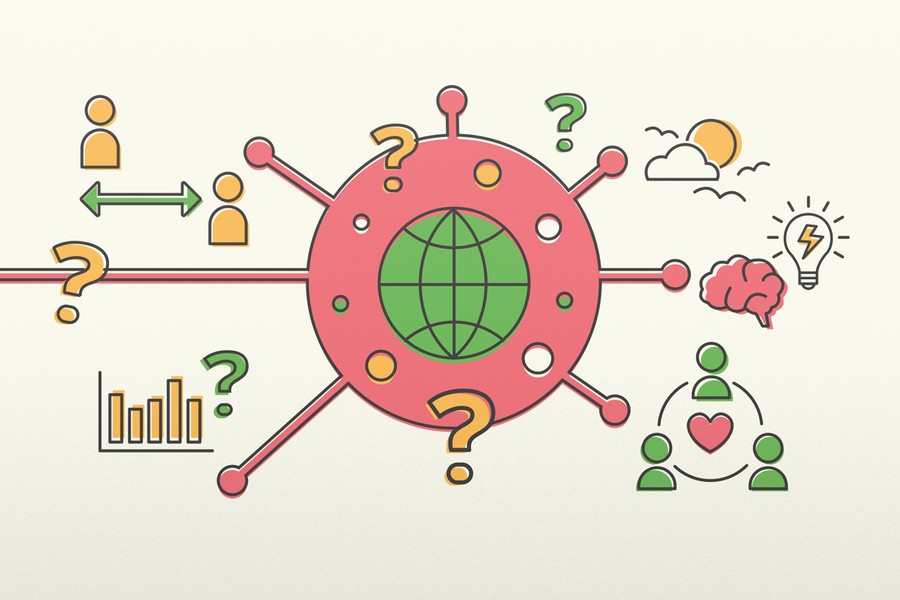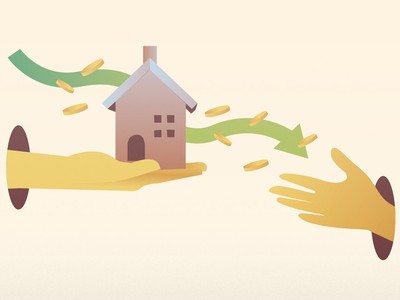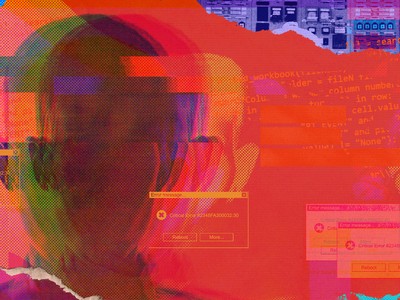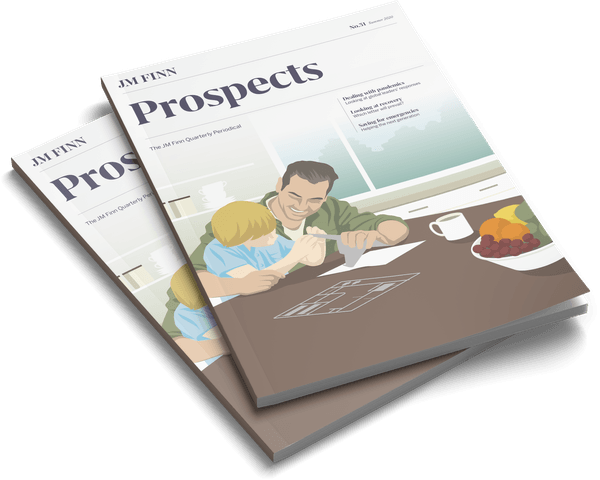It’s recession, he said, when your neighbour lost his job. A depression is when you lose your own. The current collapse in economic activity must surely fall into the depression category. We are, after all, currently experiencing the biggest setback since the great depression of the 1930s. The real issue must be, how swiftly can we turn things around and get back to a more normal business and economic state of affairs?
Normal is, of course, a rather less precise term these days. Few expect post pandemic life to be the same as that to which we were accustomed before. Life without some form of social distancing does not look feasible until a vaccine, or at least a cure to this particular brand of coronavirus, has been found and replicated in sufficient quantity to protect the world’s population. Then we have the rebuilding of the global economy, which will need to take account of the knowledge that globalisation has created vulnerability in many areas. Easy it won’t be.
We could be looking at very different economic models a few years down the line.
The market is clearly expecting a swift and robust return to economic growth and stability. Given the help that central banks and governments are providing to reverse the worst effects of the preventative measures introduced to combat the pandemic, this is not a fanciful attitude to take. We have also seen the rebirth of the community spirit and significant ingenuity when it comes to adjusting business practice to deal with what ever the new normal may look like. And there are other side issues that could provide a positive spin for the future, such as the significant drop in pollution levels around the world.
But is it truly realistic to be so sanguine since we live in, to use a now rather hackneyed expression, unprecedented times? Much will depend on the nature and speed of the recovery that will surely take place as we either find ways to operate in a Covid-19 environment or, better still, find a means to eliminate it altogether. Economic recoveries tend to be categorised by economists into four groups, each relating to a particular letter of the alphabet, as Neil MacKinnon has mentioned in his excellent editorial piece. And there are copious examples to show how these particular events have taken place in the past.
Markets clearly have been expecting a V shaped recovery. The downward leg in economic activity has certainly been steep, but to qualify as a V recovery, the rebound in our economies will need to be just as dramatic. I am inclined to agree with Neil that this seems an unlikely outcome, given the complexities of recovering from the effects of lock down. Many businesses may never reopen, given the shock they have sustained during this difficult period. Home working could become a more popular approach, with all the concomitant effects this could have on transport and city centre office premises. And perhaps we will choose to travel less by air.
However, governments and central banks will be super keen to have as much of a recovery as they can swiftly engineer. A U-shaped recovery would be a result in this respect – and it is certainly possible. The only issue could be that different areas of economic activity are likely to prosper, while others may never regain their former glory. This will test the flexibility and foresightedness of investment managers as they seek to sort out the wheat from the chaff. We could be looking at very different economic models a few years down the line.
Neil added a fifth shape to the economic recovery – the so-called Nike Swoosh, where the recovery is slow and prolonged. This would be a disappointing outcome and one that governments and central bankers will be keen to avoid. But at least it would be better than the dreaded L, where the economy flatlines at close to the bottom of the recession. It has happened in the past. Arguably Japan has suffered an L shaped recovery pretty much since the peak of its economic success back at the end of the 1980s. And the third largest economy in the world is back into recession again.
This leaves just one letter unaccounted for – the W recovery. This is where the economy bounces back in a V shaped trajectory, only to run out of steam and slip back into recession. The recovery does resume, but only after some nasty shocks in the interim. This could certainly happen if a second wave of the pandemic develops before adequate preventative measures have been introduced.
This year promises to be difficult – socially, economically and in terms of investment decision taking. The good news is that we are all in this together, so the pressure is on to find a solution that will allow life to continue in as close a manner to the past as possible. And we will hopefully derive some benefits from the extraordinary experience we have been going through. Self interest will ensure we emerge from the other side of this crisis pretty much intact. But do not expect life to look the same post the pandemic.
Illustration by Adam Mallett




